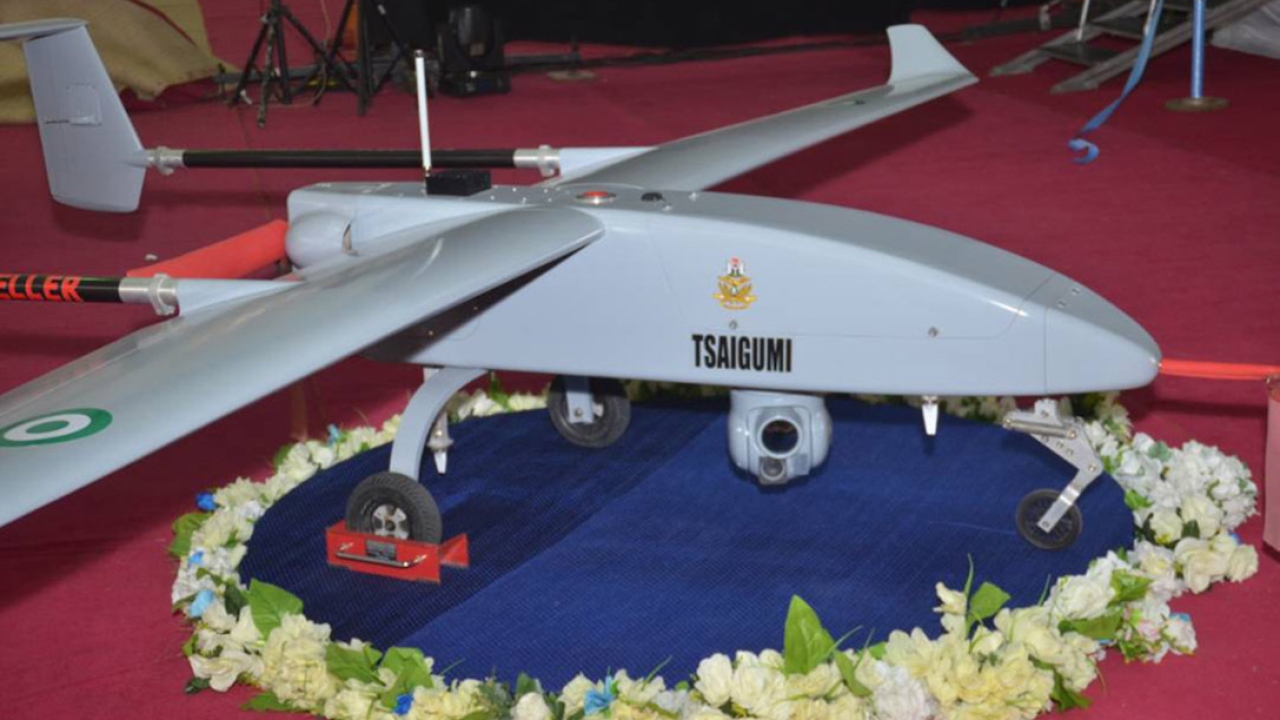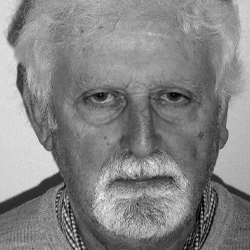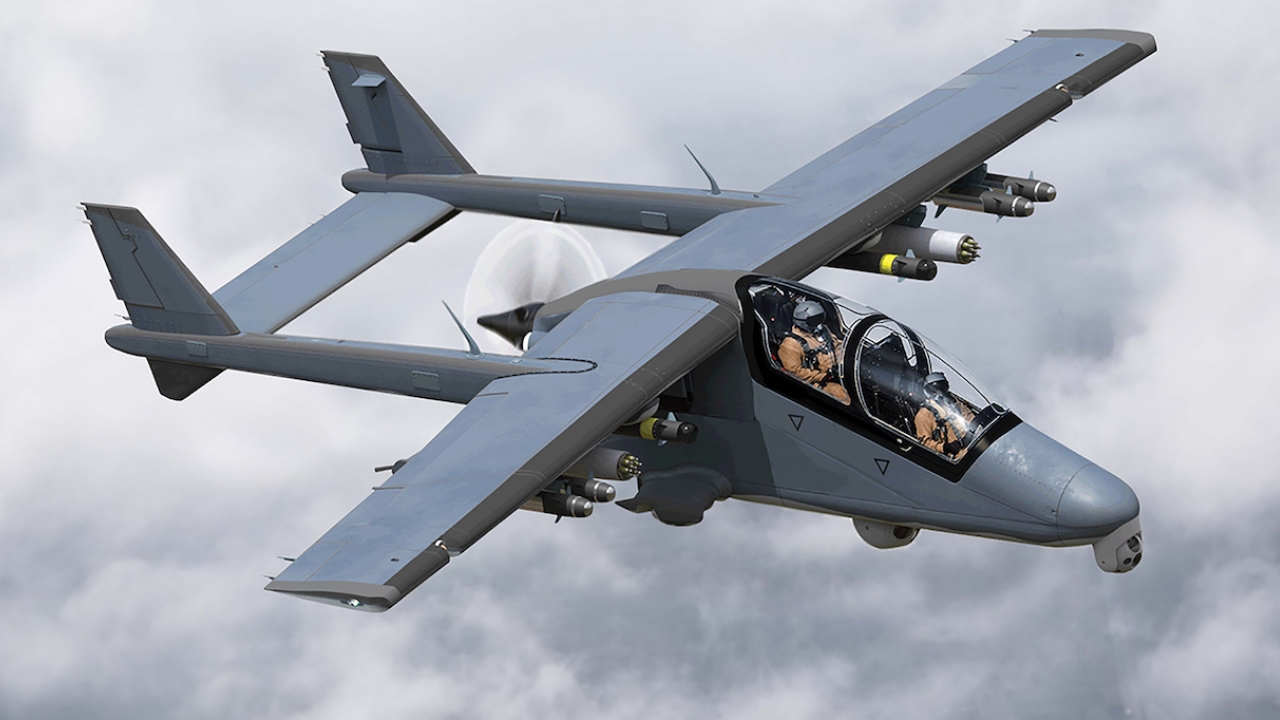Pioneering unmanned fleet in sub-Saharan Africa
Nigeria is the only country in sub-Saharan Africa to operate armed unmanned aerial vehicles (UAV) and to have used them in combat.

The Nigerian Air Force Tsaigumi designed in collaboration with the Portuguese company UAVision. Picture: NAF
The Aerostar UAV was Nigeria’s first operational UAV, nine of which were purchased in 2006 from Israeli’s Aeronautics Defense Systems (ADS), the Aerostar UAVs were primarily intended to be used for maritime patrol, as well as ISR during the Niger Delta crises, but the insurgency ended in 2008.
The 8.7 metre wingspan ADS Aerostar tactical UAV can carry a 50 kg payload, has a 12 hours operational endurance and is equipped with Controp’s DSP-1 dual-sensor stabilized payload, providing day/night surveillance coverage.
However, today most of the Nigerian airframes are no longer airworthy as a result of the lack of spare parts and have been mothballed and put into storage.
In 2020, the Nigerian Air Force (NAF) received two Chengdu Aircraft Industrial Group (CAIG) Wing Loong IIs multirole medium altitude, long-range (MALE) UAVs, four (CASC) CH-4B MALE UAVs and two additional CH-3As tactical UAVs from China to replace the examples lost in service since the type first entered service in 2014. The type is armed with AR-1 missile and what may have been a guided bomb.
The NAF has since announced the use of the CH-3A in air strikes against Boko Haram and its offshoot, the Islamic State West Africa Province (ISWAP). The Emirati Adcom Yabhon Flash-20 MALE UAV was first reported to have been ordered by Nigeria in 2016, but only one has been confirmed in NAF service.
In September 2022, Nigeria ordered the ubiquitous Turkish Bayraktar TB2 armed MALE UAV.
Nigerian Senator Ali Ndume, chairman of the senate committee on Army, stated that Nigerian UAV pilots were undergoing training in Turkey and the first of six TB2s were reported to have been delivered in October 2023.
Several other types have been tested by the Nigerian military including the AeroVironment RQ-11 Raven and the Schiebel Camcopter S-100, neither of which have been adopted.
To supplement its unmanned capability, and increase self-reliance, Nigeria started developing its own UAVs. The first locally-made UAV is the Amebo which was designed in collaboration with the UK's Cranfield University for training, and it was followed by the Gulma, which was built on the design of the Israeli-supplied Aerostar UAV and manufactured by the Nigeria Air Force Institute of Technology. These were followed by the Tsaigumi UAV designed in collaboration with the Portuguese company UAVision, and introduced into service for training in 2018 to replace the Gulma.
Nigeria also has its own UAV pilot training capability, the 401st Flying Training School based in Kaduna. Training is conducted using the Chinese-made Mugin commercial UAV for initial training. However, for advanced training, the Tsaigumi and Gulma tactical UAVs are used. Nigeria's first in-country trained UAV pilots completed training after clocking nearly 100 flying hours on the CH-3A in 2018.
The Nigerian Navy operates three different UAV systems, South Korea's Uconsystems RemoEye 002Bs, China's AR-500B, and Portugual's Tekever AR3. Tekever delivered several shipborne AR3 Net Ray UAVs to the Nigeria Navy at the end of 2020 as part of the Deep Blue Project in collaboration with the Maritime Administration and Safety Agency, (NIMASA).
The Tekever AR3s were delivered at the Apapa Dockyard in Lagos were partially disassembled and shipped in several crates. Officers of the Nigerian Navy and Customs were on-hand to inspect the shipment for proper documentation. The AR3 has an endurance of more than 16 hours and can be launched from ships using a catapult. The cruising speed of the 3.5 metre wingspan UAV is 85 km/h with a maximum speed 140 km/h. Powered by a petrol engine, it has a payload of up to 4 kg and options include electro-optical and infrared sensors as well as laser illuminators and communications relay systems.
The Nigerian Police use Elistair Orion tethered hexacopter UAVs for border protection. The system is equipped with Sony and FLIR EO/IR sensors which provide day and night surveillance in any weather condition.
Stay up to date
Subscribe to the free Times Aerospace newsletter and receive the latest content every week. We'll never share your email address.


